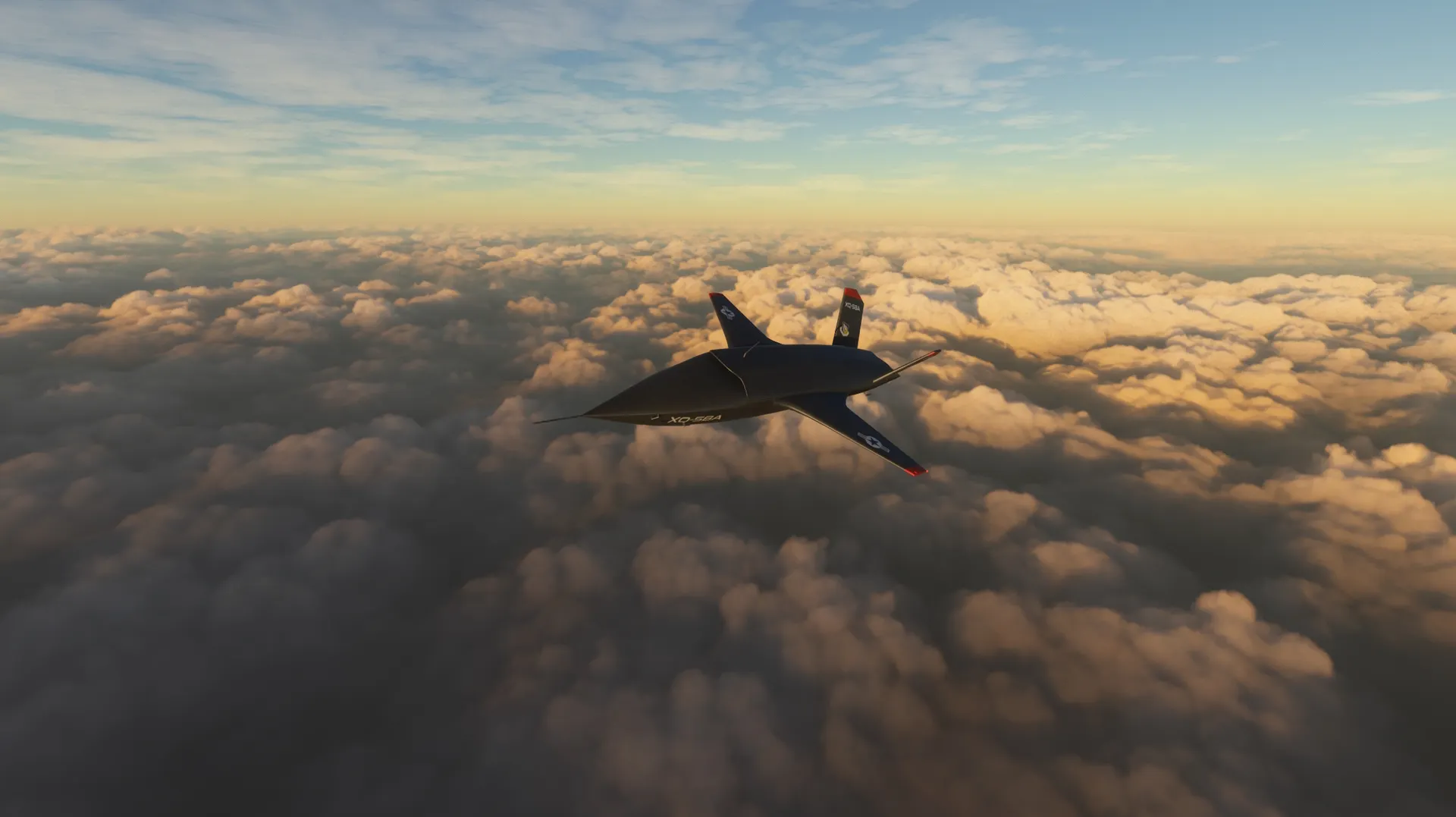- USD 5.99
- View more offers at FS Addon Compare
- Added: May 22, 2025
- Updated: December 5, 2025
Highly detailed model, fully animated Frame rate friendly in single and multiplayer Highly detailed Textures,4k-8k, high definition, PBR
The XQ-58 Valkyrie is an experimental stealth unmanned combat aerial vehicle (UCAV), initially designated as the XQ-222. It successfully completed its first flight on March 5, 2019, at the Yuma Proving Ground in Arizona. Designed with low-observable stealth features, the drone is capable of autonomous operations and can perform a variety of missions, including reconnaissance, electronic warfare, and strike roles. Its hybrid aerodynamic design combines elements of traditional drones and jet-powered combat UAVs, while its modular architecture allows for flexible payload configurations. The Valkyrie was developed as a "loyal wingman" to support manned fighter jets, enhancing situational awareness and survivability in contested airspace. Potential applications include suppression of enemy air defenses (SEAD), intelligence gathering, and swarm operations, positioning it as a key component in next-generation unmanned warfare
REQUIREMENTS
Microsoft Flight Simulator
Video Memory: 16 GB Graphics: NVIDIA GTX 1070 or AMD Radeon RX 590 Memory: 16 GB Disc space: 1 GB


